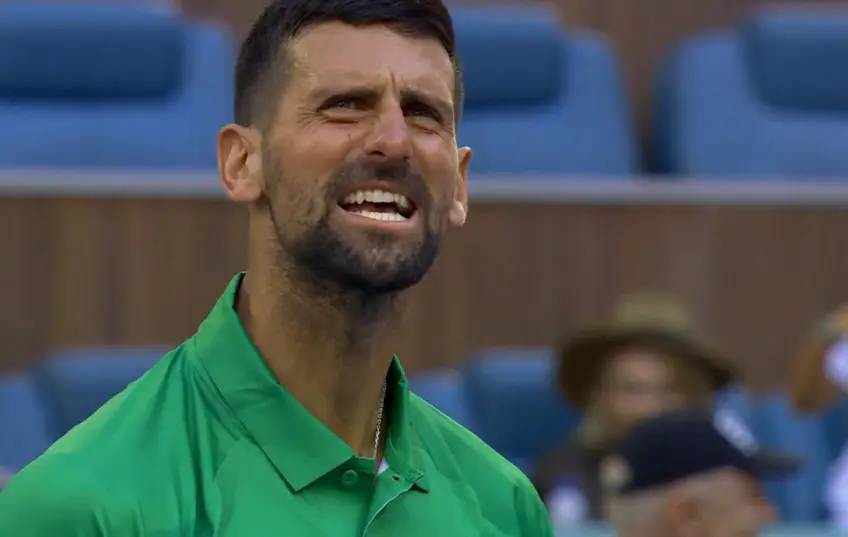
On the sunlit courts of Monte Carlo, where the Mediterranean sparkles and tennis history is written in clay, Novak Djokovic continues to defy the relentless march of time. At 37, the Serbian legend, with an unmatched 24 Grand Slam titles, stands as a colossus among a new breed of tennis titans—Carlos Alcaraz, Jannik Sinner, and the audacious Jakub Mensik. His recent journey, marked by a thrilling Miami Open final and an unexpected stumble at the Monte Carlo Masters, weaves a tale of grit, brilliance, and an unyielding will to compete. “There is no harder task for a tennis player than to beat you in the final of a tournament,” 19-year-old Mensik told Djokovic after outlasting him in Miami, a nod to the Serb’s aura that still intimidates even the boldest challengers.
Djokovic’s 2025 season has been a tapestry of triumphs and trials. In Miami, he roared back to form, channeling the intensity that earned him Olympic gold in Paris 2024. Cutting through the draw with surgical precision, he reached his first final of the year, only to meet his match in Mensik. The Czech teenager, who grew up idolizing Djokovic, clinched a 7-6(4), 7-6(4) victory, denying the Serb a milestone 100th ATP title. “This is Jakub’s moment,” Djokovic said graciously, lauding Mensik’s “unbelievable serving” and composure under pressure. Battling a viral infection and a swollen eye, Djokovic’s effort was heroic, even in defeat. “I feel like I can still play on a high level,” he declared, pointing to his runs in Australia and Miami as proof that his fire still burns.
Monte Carlo, however, delivered a jolt. In a second-round clash, Alejandro Tabilo, the world No. 32 from Chile, stunned Djokovic 6-3, 6-4, marking their second consecutive meeting with the same result after Rome in 2024. “I didn’t expect to play so badly,” Djokovic confessed, labeling his performance “horrible.” Observers noted a rare lack of answers from a player renowned for solving any puzzle on court. Clay, with its unforgiving demands, has often been Djokovic’s trickiest surface—early exits in Monte Carlo in 2016, 2021, and 2023 bear testament. Yet, history whispers hope: those stumbles never stopped him from ruling Roland Garros, where he’s lifted the trophy three times. “The first tournament on clay is always tough for some players to adjust to,” a seasoned analyst remarked, suggesting Djokovic may be saving his best for Paris.
Beyond the baseline, Djokovic’s impact is seismic. As co-founder of the Professional Tennis Players Association (PTPA), he’s a fierce advocate for players’ rights, rallying stars like Sinner, Alcaraz, and Coco Gauff to push for fairer prize money from Grand Slams. “Decisions that directly impact us,” he wrote alongside 19 others in a bold letter to tournament chiefs, demanding a voice in tennis’s future. While he’s stepped back from a PTPA-led lawsuit against the ATP and WTA, his leadership shapes the sport’s horizon, even as he fends off its rising stars.
Father to a 10-year-old son and 7-year-old daughter, Djokovic balances family with the grind of elite sport. A hamstring tear in Australia and lingering injuries test his body, but not his spirit. “I know there’s a group of people that thinks I should leave tennis on a high,” he acknowledged, brushing off retirement talk. With 99 titles and a chance to join Jimmy Connors and Roger Federer in the 100-title club, Djokovic’s gaze is fixed forward. As Madrid and Roland Garros loom, the timeless warrior sharpens his racket, ready to remind the world that legends don’t fade—they evolve.
Leave a Reply